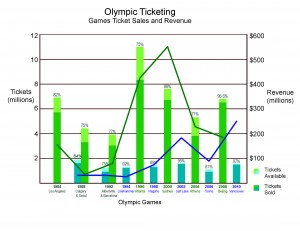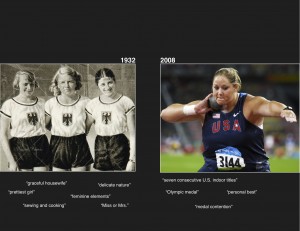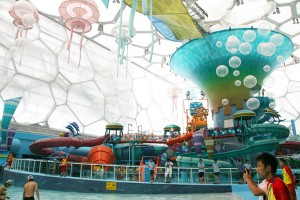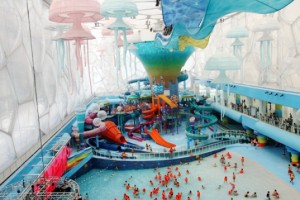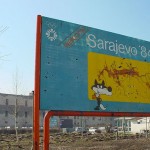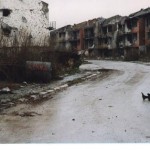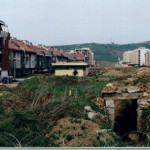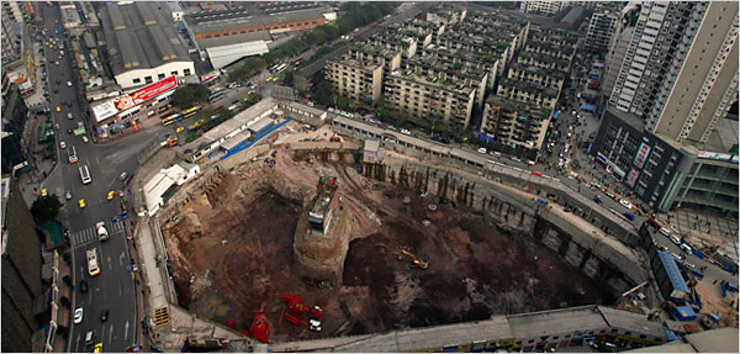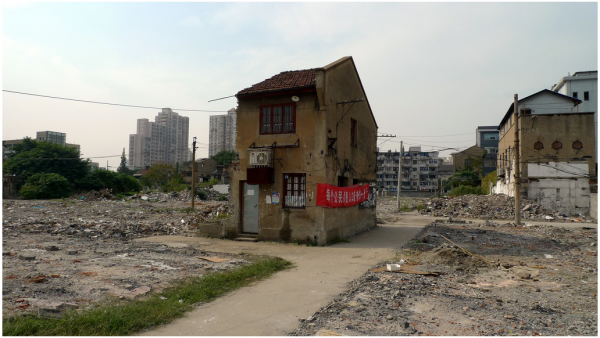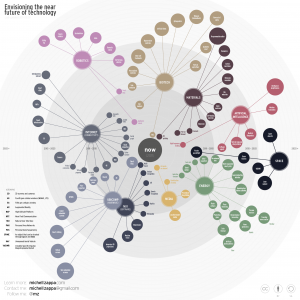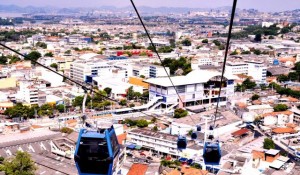The availability and number of actual tickets sold has fluctuated throughout the years. The number of tickets available seems to have a somewhat close correlation to the size of the hosting country. For example the 2 games in the US, Los Angeles and Atlanta, have high number of tickets compared to the games before and after them such as South Korea, Spain, Australia, and Greece. The Beijing Olympics seem to be a bit of an anomaly with the extremely high population of China but still less tickets than the Atlanta games in the US. As an overall trend the winter Olympics are always smaller than the summer most likely due to the lesser popularity of them. Based on this information, sizes for future Olympic stadiums could be sized relatively based on the size of the population of the host country.
http://www.olympic.org/Documents/IOC_Marketing/OLYMPIC_MARKETING_FACT_FILE_2011.pdf
